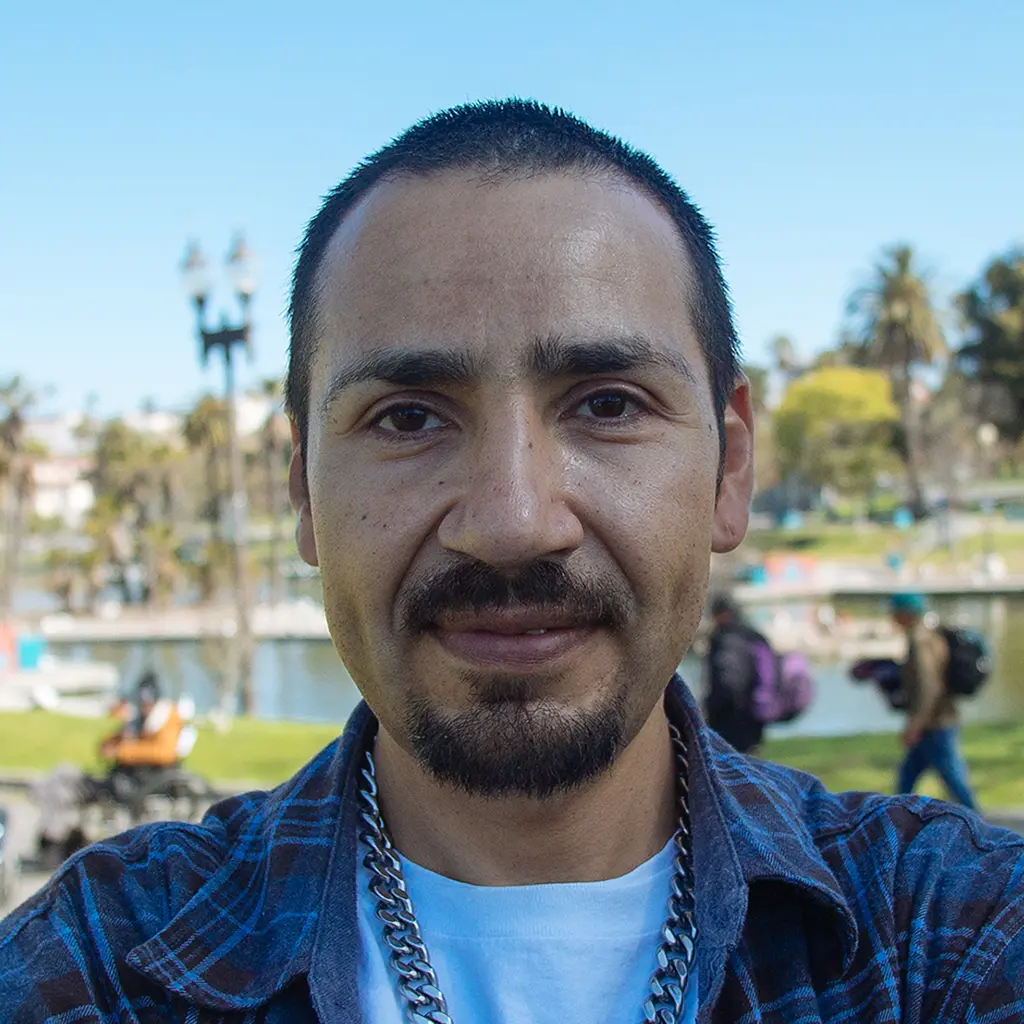We’re Making LA Stronger Together.
LA County is tackling the overdose crisis.
The Plan Is Working.
The Impact Is Real.
LA County is tackling the overdose crisis by investing in healthier neighborhoods and stronger communities—and it’s working.
From Antelope Valley to East Los Angeles, LA County and partners are collaborating to reduce overdoses and save lives. By LA For LA is powered by healthcare workers, community leaders, firefighters and EMTs, people who use drugs and the friends and families who love them—people who believe everyone deserves a chance at a healthy, stable and fulfilling life.
Overdoses in LA County Are Decreasing.
AND
This data is from the LA County Department of Health Services and the Department of Public Health who collect data from overdose prevention programs describing the communities served, the count of services delivered, and the count of overdoses reversed. These data cover the period from September 2019 and December 2024.
A People-Powered Movement.
The overdose crisis affects all of us across LA County. We are all here for each other.
That’s why we’re collaborating with a strong alliance of local champions and community-based partners to provide local health and social services.
From West Hollywood to Long Beach to Skid Row, our partnerships prove that progress is possible.
Serving Communities and Saving Lives.
For the first time in a decade, overdose deaths are declining. But LA County still faces major challenges—housing shortages, a drug supply with fentanyl and methamphetamine, and the lasting impacts of natural disasters.
LA County is working with community organizations on a comprehensive strategy to help reduce overdoses and serve its communities. The services are vast, including substance use prevention, housing navigation, harm reduction services, and various types of addiction treatment, including the use of medications.
